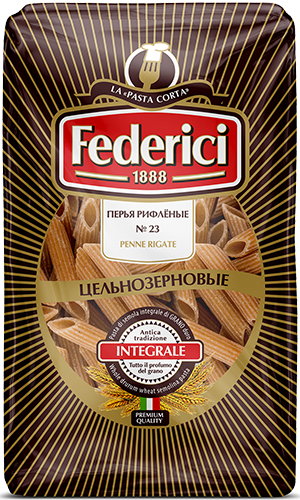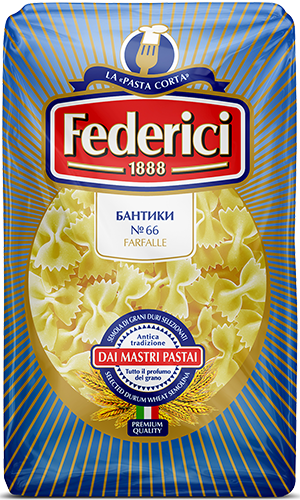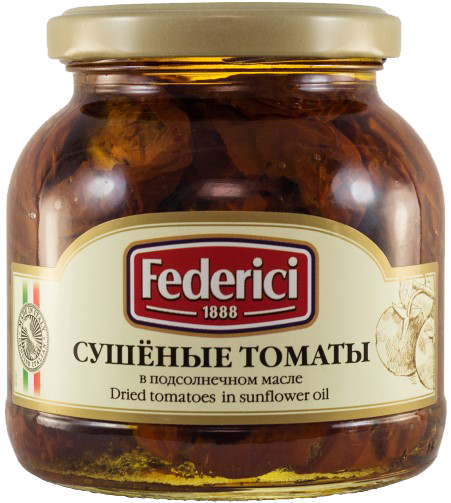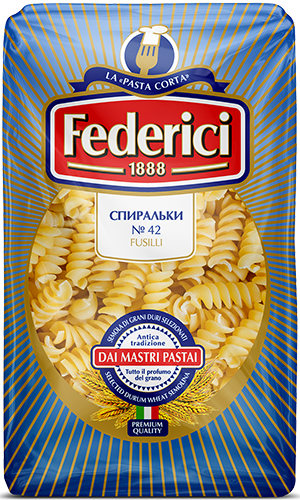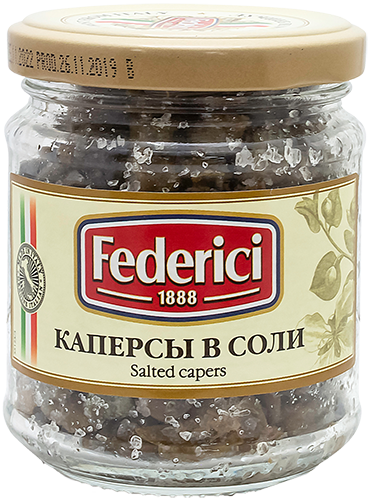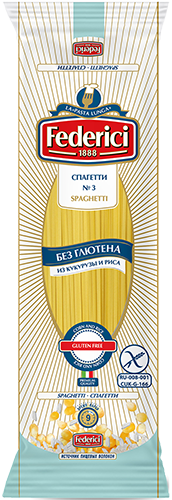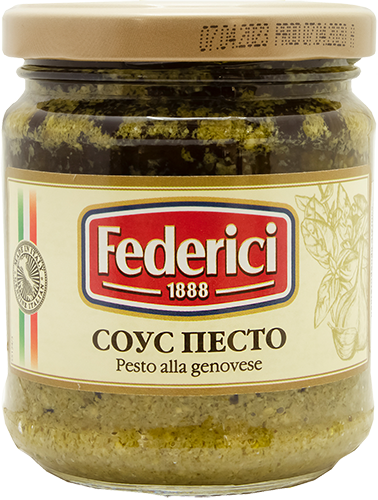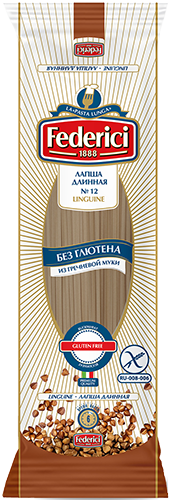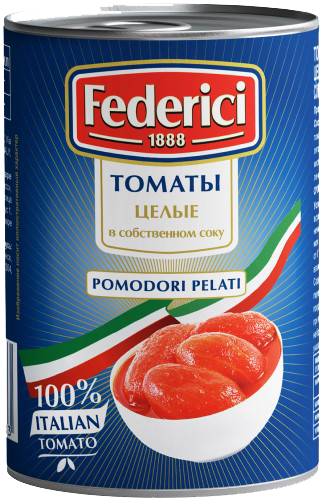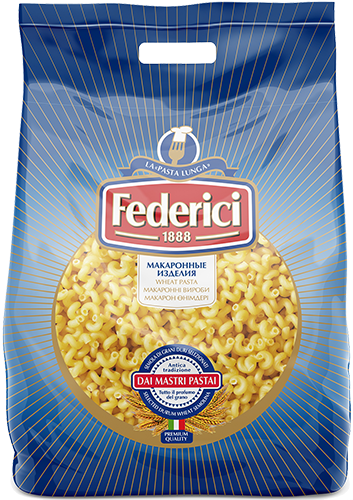


Pasta is a food that can be served as a side dish or as a standalone dish. It can be served with vegetables, sauce, meat, or even fish. You can cook anything with it.
But few people ask who invented pasta and made it popular? Did it originate in Italy or Asia? The answer is quite definitive: Chinese noodles and Italian pasta cannot claim the title of first discovery. The history of pasta begins in the Neolithic period, when ancient people were just learning to use cereal grains, grind grains, and prepare dishes from them.
During this period, which lasted from 9000 to 3300 BC, hunter-gatherers began to use methods for producing and harvesting wheat. The grains were ground by hand, mixed with water, and eaten. This mixture of wheat and water can be considered the first known pasta recipe, which was refined and perfected in subsequent centuries.
The First Pasta Dishes
3a, 2,000 BC. Pasta was already being produced in China. In the ruins of the Chinese city of Lachia, pasta made from millet and wheat flour was discovered. To give it an elongated shape, the pasta was stretched by hand.
It is known that the Greeks and peoples of the Middle East were already producing and consuming pasta several hundred years BC. The Greek word for pasta, “laganon,” refers to a piece of dough cut into strips. The word “laganum,” cited by Cicero and later Apicius, also comes from this expression. History claims that as early as 35 BC, Quintus Horatius Flaccus popularized a certain laganum—flat unleavened bread used for baking casseroles and pies. The method of preparing alternating layers of lagan with meat and herbs (fish, seafood) is the basis of the famous lasagna.
The history of the first dried pasta begins in North Africa, where nomads did not always have enough water for daily cooking. It is to them that we owe the invention of canning and sorting pasta into small tubes to speed up the drying process. In the 11th century, Ibran al-Mibrad spoke of “rista,” pasta mixed with lentils. This dish is still eaten in the Middle East.
The knowledge necessary for producing dried pasta was brought to Palermo during the Arab domination (10th-11th centuries). By the Middle Ages, Sicily was already famous for its pasta production. The Arab geographer Al-Idrisi mentions in his works that in Trabia, “pasta is made in abundance in the form of strings called triana, which are exported for sale to Calabria, as well as to many Muslim and Christian countries.” This tradition has survived, and Sicilians still eat “la tria bastarda,” “les vermicelli de tria,” and “les ciceri e tria.”
During the Middle Ages, two other Italian regions specialized in pasta production:
- In Naples (Gragnano), the development of pasta exports led to the construction of numerous mills. During the Renaissance, merchant houses specializing in pasta production began to appear;
- Until the late 18th century, pasta was the symbolic dish of Neapolitans. This Italian pasta, famous throughout Europe, is closely associated with Pulcinella, the famous mask from Naples. According to legend, her mood is marked by hunger, and all actions of those who wear it boil down to searching for a large bowl of pasta.
The well-known history of pasta’s origins and the constant refinement of its recipes in Europe, Asia, and Africa allow us today to regularly include a variety of delicious pasta dishes in our diets.
The Variety of Pasta – Which One to Choose?
It’s undeniable that the best pasta in the world is produced in Italy. There are three types of pasta in Italian cuisine:
- pasta asciutta – dry pasta made from durum wheat flour and water;
- pasta fresco – fresh pasta made from soft flour and eggs;
- pasta piena – full-bodied pasta served with filling.
Centuries-old traditions and specialized production methods have led to the development of over 200 different types of pasta. Among the most famous are:
- Spaghetti – considered an ancient type of pasta. Modern spaghetti (meaning “rope”) was first produced in Naples in the 13th century;
- Bavette and Capellini – regional varieties of pasta that enhance the flavor of the ingredients in sauces;
- Vermicelli – invented in papal kitchens, vermicelli is listed as a staple side dish in the world’s best cookbooks;
- Tagliatelle – a legendary Emilia-Romagna pasta in the form of long ribbons, served with meat sauces, most often Bolognese;
- Mafaldine – long noodles with curled edges, considered a festive pasta and served only with complex sauces. This pasta is dedicated to Princess Mafalda von Safoien of Naples;
- Lasagne – a thin, rolled-out pasta from the Emilia-Romagna region, the basis of modern lasagna;
- Gobetti, Gnocchi, Conchiglie – pasta varieties shaped like curls and shells;
- Penne, Gemelli, Fusilli, Maccheroni – short pasta in the form of feathers, spirals, and tubes;
- Tortellini and Ravioli are colorful pasta filled with cheese, poultry, and ham.
Despite the controversial origins of pasta and its wide variety, pasta is one of the most popular dishes in many national cuisines around the world. It can be simple, everyday, or festive, rich in flavor, and can be complemented with meat, fish, cheese, or vegetables. It’s also important to remember that high-quality pasta is not only delicious but also healthy. The idea that pasta lovers can gain weight is nothing more than a myth.
Our products
Мы стремимся предложить Вам наилучший сервис при работе с нашим сайтом. Для этого мы собираем и храним информацию о Вашем посещении сайта. Так называемые cookies. Файлы cookies не собирают и не хранят никакую личную информацию о Вас. Используя этот сайт, Вы даете согласие на использование cookies. На данном этапе Вы можете отказаться от использования cookies, настроив необходимые параметры в своем браузере.
